Within the historical collection of the Commonwealth of Massachusetts, a remarkable survivor of the pivotal encounter on Lexington Green is preserved for posterity. Currently on display at the Massachusetts State House is the flintlock fowler carried onto Lexington Green by Capt. John Parker, who commanded the militiamen arrayed against the advance companies of British light infantry early on the morning of April 19, 1775. Thanks to the generosity of the Commonwealth of Massachusetts Art Commission, American Rifleman was afforded a close-up look at the details of this remarkable witness to history and one of the tools used to win American independence.
Aside from his pivotal moment in American history, little else is known about John Parker, the man who owned and carried this flintlock fowler onto Lexington Green and later during the gunfight along what is now known as Battle Road. In a family history published in 1893, Genealogy and Biographical Notes of John Parker of Lexington, Parker is noted has having been born on July 13, 1729, in the town of Lexington to Lt. Josiah Parker and Anna Stone. He is alleged to have served in the French & Indian War, although the book notes that “the period of his services in the French and Indian wars cannot be ascertained, as all the rolls of the Lexington men have not been preserved.”
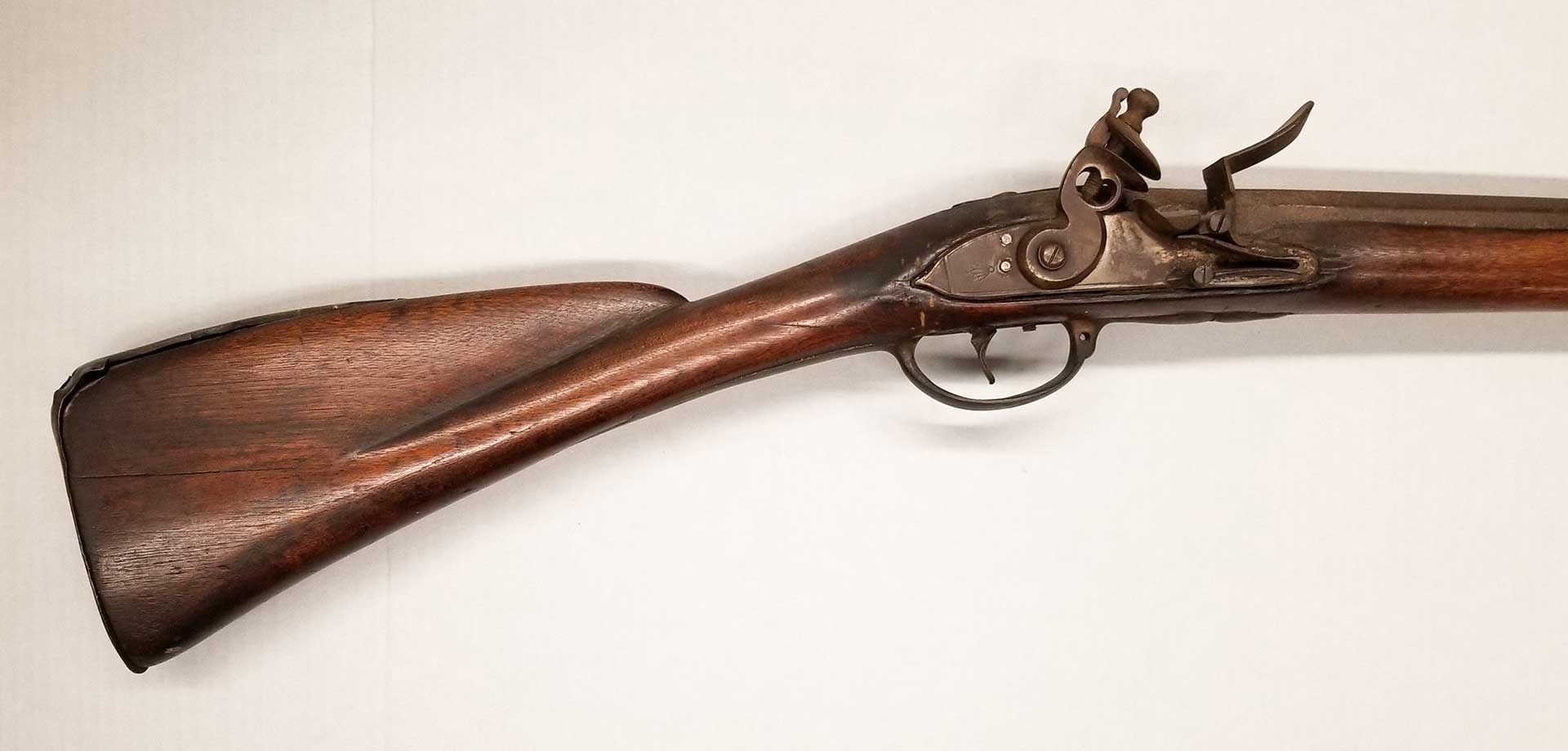
He was a farmer and was apparently known as a “skillful ‘joiner’ as well as a good mechanic.” He took prominent roles in Lexington, ultimately becoming the town assessor, constable and tax collector. At the time that the Lexington militia formed in 1774, Parker was 45 years old and described as a “stout, large framed man of medium height” who was “fond of learning and reading.” Allegedly, he often borrowed books from the local reverend, Jonas Clark. At the time of the militia’s formation, dozens of men who joined had seen service during the French & Indian War, with several men having held officer’s commissions during the conflict, and the fact that the company elected Parker as commander suggests that he had a degree of experience and authority that made him trusted above others.
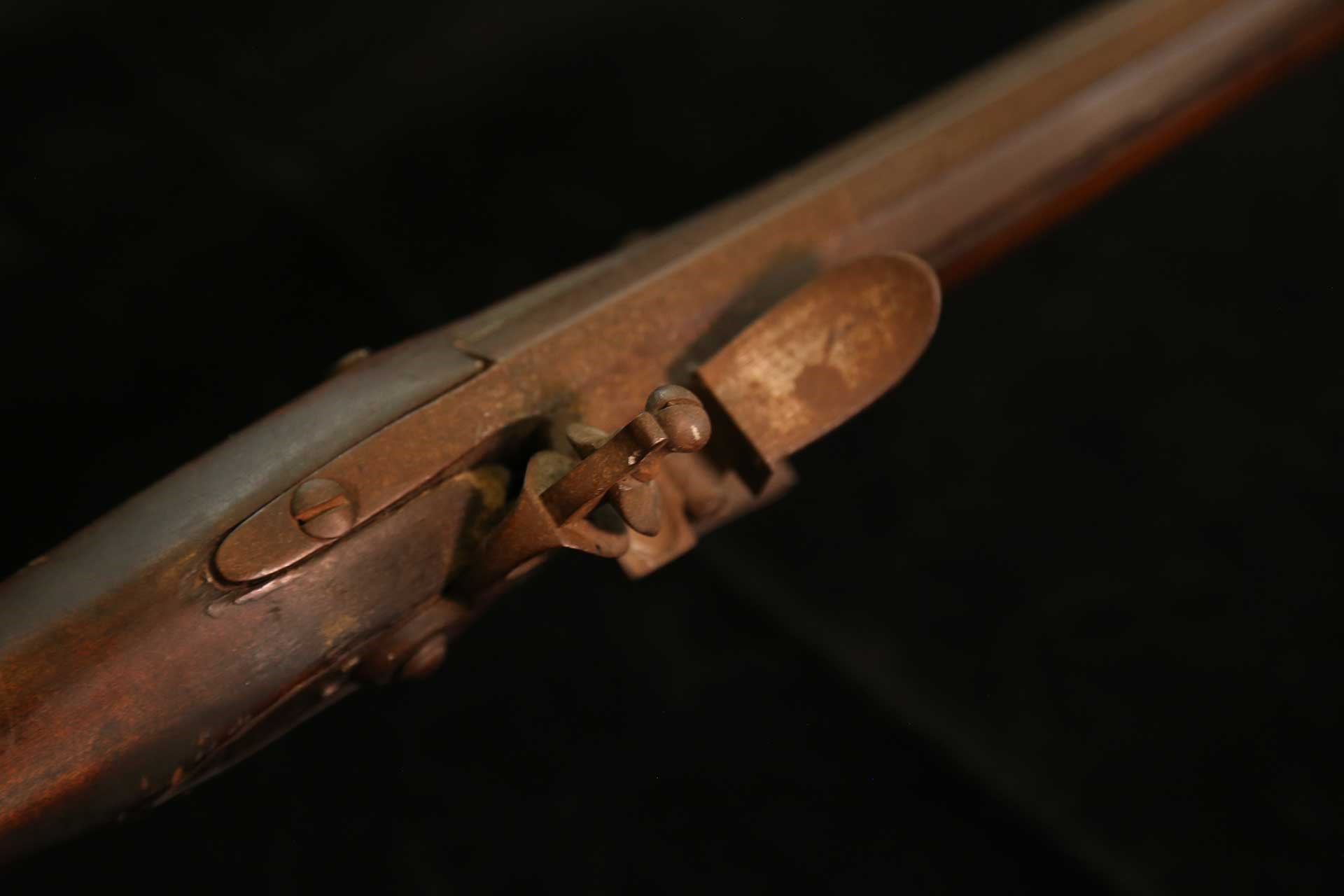
Capt. Parker and his fowling piece are immortalized in text, as the family history details that “Capt. Parker shouldered his gun on the evening of the 18th of April, left his home and seven young children, proceeded to the village and there awaited the arrival of messengers from Boston.” At approximately 2 a.m. on April 19, 1775, Parker ordered the beating of the drums, prompting militiamen in the vicinity of the green to form on the field. There, he stood with approximately 80 men of his company as six companies of British light infantry filed past the meeting house at the southeastern edge of the green and formed ranks. In his hands was a .62-cal. flintlock fowler that would be his constant companion for the day’s fighting that was about to begin.
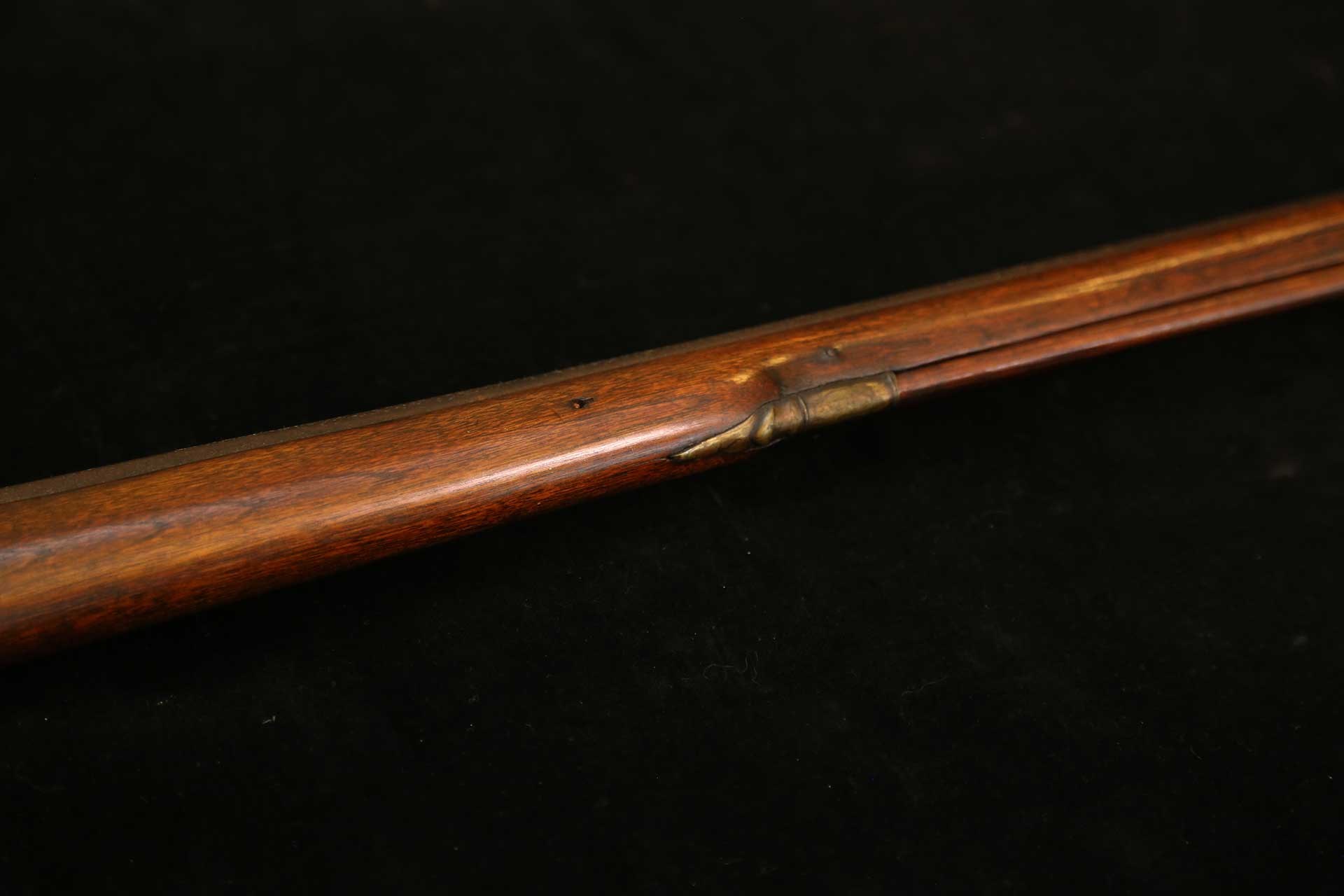
Parker’s fowler was of a typical design for New England hunting arms of the period. Originally, the 44” octagonal-to-round barrel was significantly longer than it currently appears today, possibly as long as 55” in overall length. At some point in its history, the barrel was trimmed down, and because of the trimming, it is unknown whether Parker’s fowler had a cut-back forestock to accommodate the use of a bayonet, as did many hunting guns that saw militia service. Currently, it is stocked as a full-length fowler, and there is a small blade sight atop the barrel about an inch behind the muzzle.
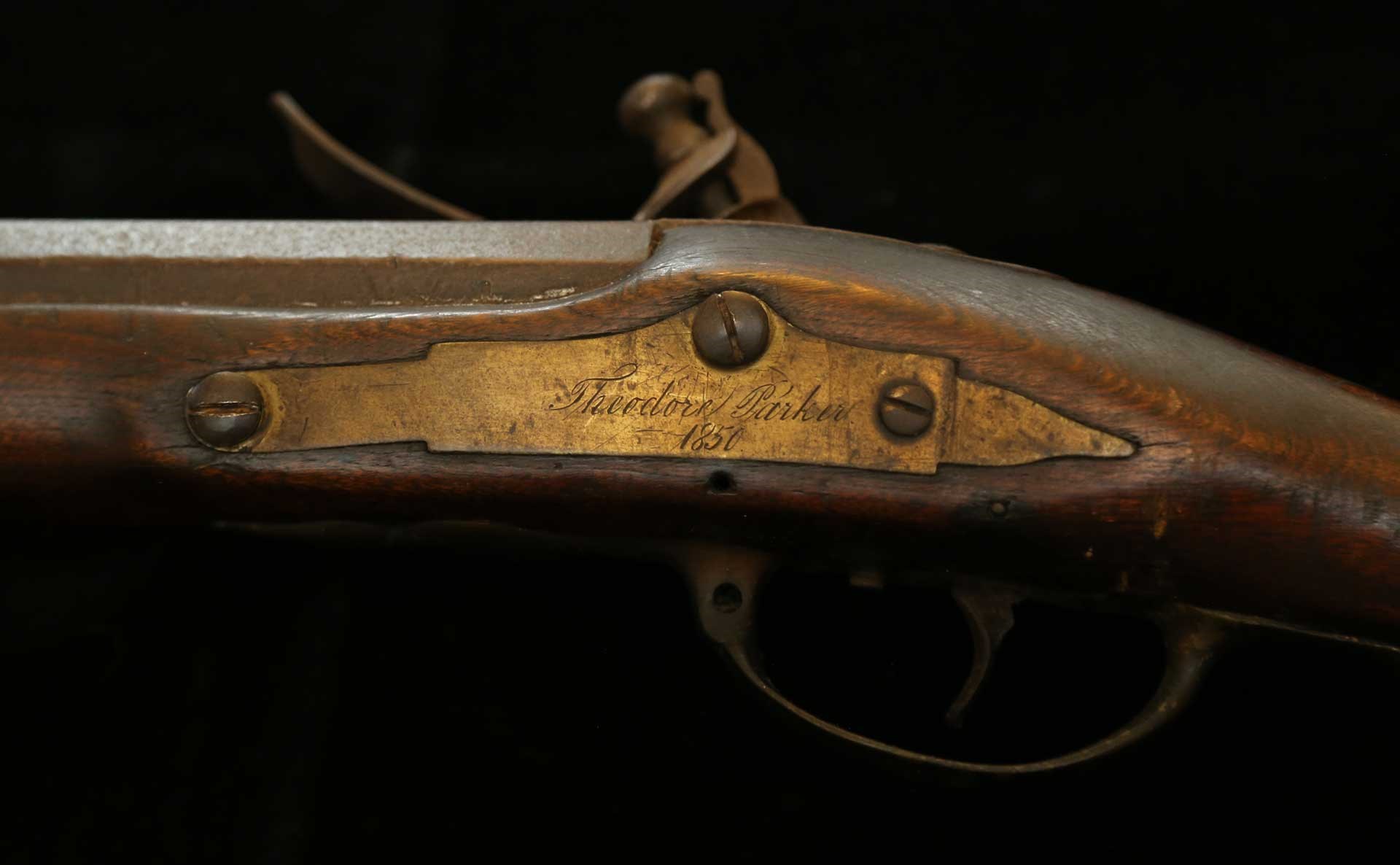
Additionally, the flintlock mechanism was converted over to percussion at some point in its history, as the hunting arm continued to be used by the Parker family for decades following the events of 1775 into the mid-19th century when it became expedient to convert the antiquated flintlock mechanism to the percussion ignition systems then in use. The gun was then reconverted to flintlock to approximate its appearance and configuration as it would have been on April 19, 1775. Much of the walnut furniture and the Ketland trade lock is of an English style, but the form of the buttstock shows clear French influence, with a downward, graceful curve similar to the fusil de chasse and other French sporting arms of the time. The barrel is pinned to the stock, like the Brown Bess military muskets of the period, and a brass-tipped wooden ramrod is secured into the ramrod channel on the underside of the stock via three brass thimbles.
On the gun’s left side, the brass sideplate is inscribed with the name of Capt. Parker’s grandson, Theodore, along with the date of “1850.” The significance of the 1850 date is not known. An oval brass plate is also inset into the left side of the buttstock and inscribed, “This firearm was used by Capt. John Parker in the Battle of Lexington April 19th 1775.”
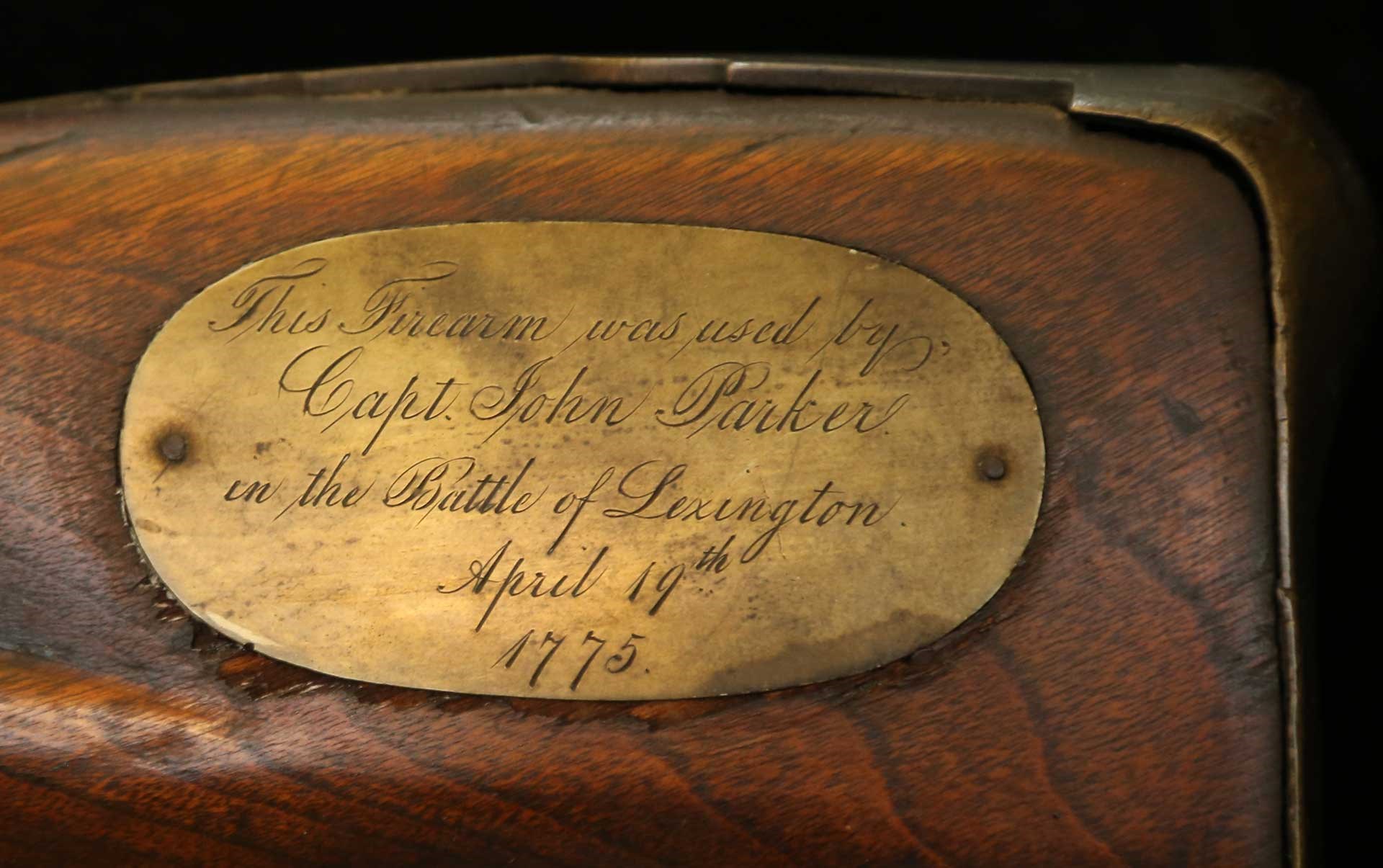
Parker carried his fowler off the field at Lexington after the British opened fire, and it is unknown whether he returned fire on the green early that morning. After the militia regrouped and took care of their dead and wounded on Lexington Green, though, Parker led his men to a low rise above a bridge along what is now known as Battle Road, and there, they waited for the column of British infantry as it exited Concord on its return to Boston. As the British crossed over a bridge, Parker and the Lexington militia fired down at them in an event known today as “Parker’s Revenge.” Recent archaeological excavations have recovered fired musket balls that could have fit down the bore of Parker’s fowling piece and may have been fired by him.
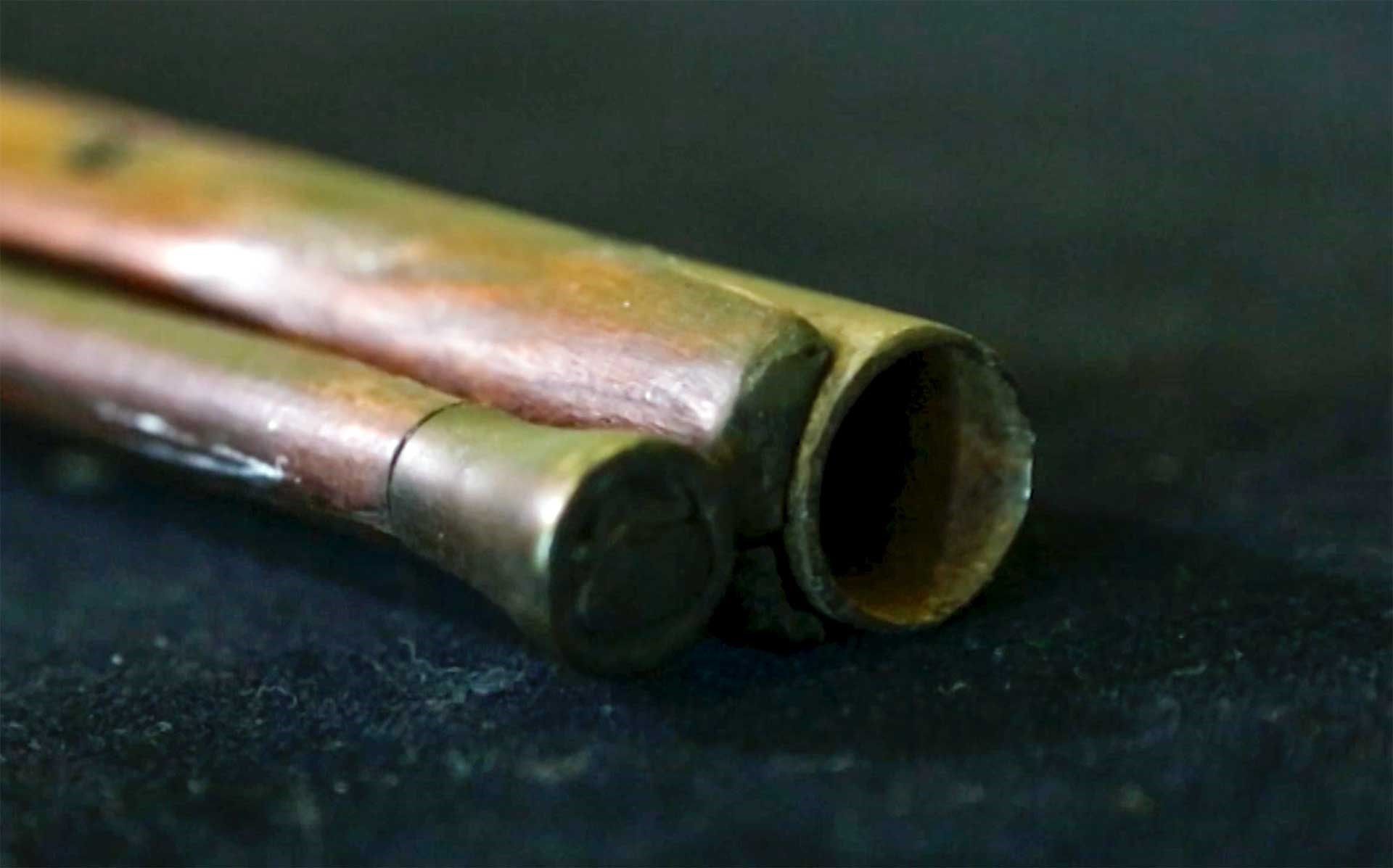
While his flintlock fowler was destined to see continued use and renewed life in the hands of his descendants, Capt. Parker would not live to see the end of the Revolution and the birth of the American nation he had a hand in creating. At the young age of 45, he was already suffering from the ravages of tuberculosis, and the disease would claim his life on September 17, 1775. His .62-cal. fowler survives as a testament to his bravery and leadership on that early April morning when the world changed.
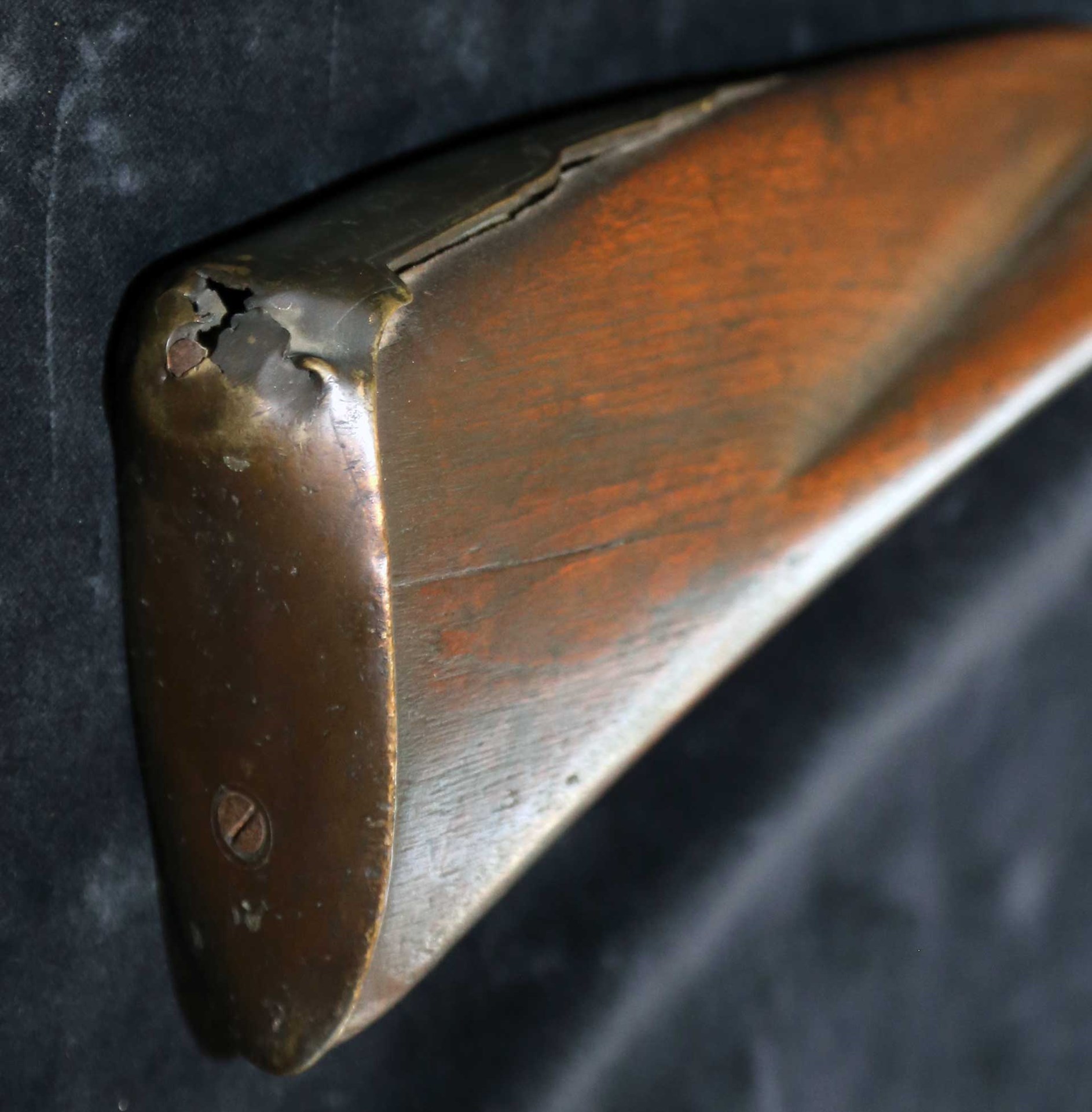
Both the Parker fowler and another gun, a captured Long Land Pattern Brown Bess musket given to Parker after the events of April 19, were bequeathed to the Massachusetts State House by his grandson, Theodore Parker, in 1861. By the 20th century, the guns hung from the ceiling of the Massachusetts Senate Chamber, and after nearly 90 years, both were removed for renovations, and a proposal was made to site both longarms in a more accessible location. A six-foot glass display case was produced to house them, and in October 2020, both guns were reinstalled for display in the Massachusetts Senate Reading Room, where they remain today.
Read the full article here

